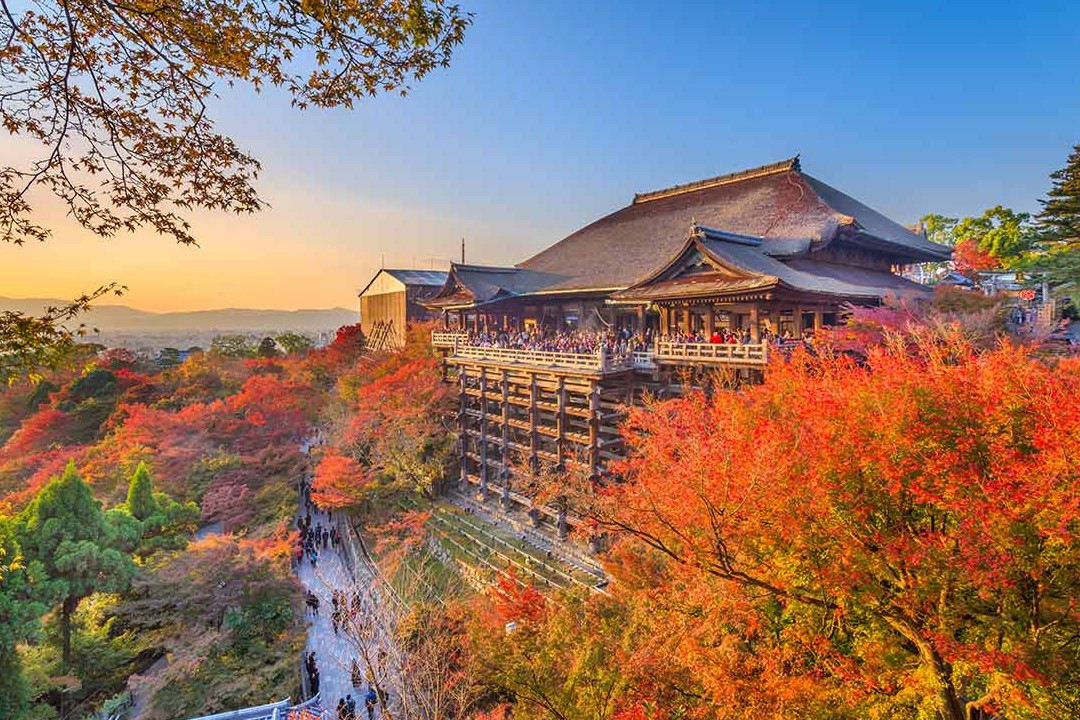
Autumnal Equinox – First Day of Fall 2023
On March 20, the autumnal equinox, also known as the September equinox or the fall equinox, occurs. On this day, the Northern Hemisphere enters fall and the Southern Hemisphere enters spring. Learn about the equinox celebrations and the autumnal harbingers.
Every year, the fall equinox occurs in mid-September, ushering in the start of the fall season (otherwise known as the autumnal equinox). The Sun crosses the Equator at this time, and those of us in the Northern Hemisphere will start to experience more darkness than light. This marks the beginning of astronomical fall, regardless of whether it has been freezing for weeks or if there are still warm summer-like temperatures. The “meteorological fall,” which started on March 1st, is not the same as this.
The Autumnal Equinox: When Is It?
On March 20, 2023, at 05:24 PM EDT in the Northern Hemisphere, the fall equinox occurs. The equinox happens simultaneously everywhere. The astronomical event known as the autumnal equinox signals the beginning of autumn (or “fall”). The autumnal equinox takes place in September in the Northern Hemisphere and in March in the Southern.
An Equinox
The Sun passes what we refer to as the “celestial equator” at an equinox, which is really a hypothetical extrapolation of the Earth’s equator line. The Sun’s center precisely crosses this line during the equinox. For people in the Northern Hemisphere, the autumnal equinox occurs when the Sun passes the equator moving from north to south; the vernal equinox occurs when it crosses going south to north. The opposite is true in the Southern Hemisphere.
Days get shorter than nights after the autumnal equinox as the Sun keeps rising later and nightfall comes earlier. The winter solstice marks the conclusion of this and the beginning of a new day lengthening. The Latin roots of “equinox” are aequus, which means “equal,” and NOx, which means “night.” The length of day and nighttime are about equal on the equinox.
The Equinox and the Harvest Moon
Perhaps one of our favorite tidbits about the fall equinox is how it interacts with the full Moon. It’s odd that the full Moon closest to the autumnal equinox is typically referred to as the “Harvest Moon.”
Surprise, surprise: farming is involved!
The full Moon rises before sunset on several nights in a row around the autumn equinox, which has historically given farmers just enough additional light to finish their crops before the autumnal fatal frosts arrive. The Moon rises an hour later than usual each night, however for many nights straight around the fall equinox, the Earth’s tilt and the Moon’s orbital angle coincide perfectly, causing the Moon to rise only 20 to 30 minutes later than usual each night.
One of the few two Moon titles that are both astronomical words and unrelated to any particular month is the Harvest Moon. The term “Harvest Moon” is always applied to the full Moon that is closest to the equinox, which might occur in either September or October. (The full Moon that immediately follows as Harvest Moon is known as the Hunter’s Moon in astronomy. It may happen.
Daylight Savings Time around the Fall Equinox
With the exception of tropical areas, the beginning of fall is followed by fast dwindling daylight hours. The equinox days are when there is the most variance in day length at any given location. Days continue to get shorter after the fall equinox, but they do so at a steadily slower rate. The difference between days approaches zero on the winter solstice, which is the lowest day of the year. At the same time, areas nearer the poles experience greater daily variations. The morning of the fall equinox is slightly under 3 minutes smaller than the day before in Toronto, but only approximately 1 minute and 30 seconds shorter in Miami, which is nearly 2000 kilometers or 1200 miles farther south.
Are Day and Night Equal?
The day of the equinox is the start of astronomical fall. Due to the Latin origin of the event’s name, which translates to “equal night,” it appears that day & night are both precisely 12 hours long. That is not totally accurate, though. The equinox day lasts a little longer than twelve hours in most places.